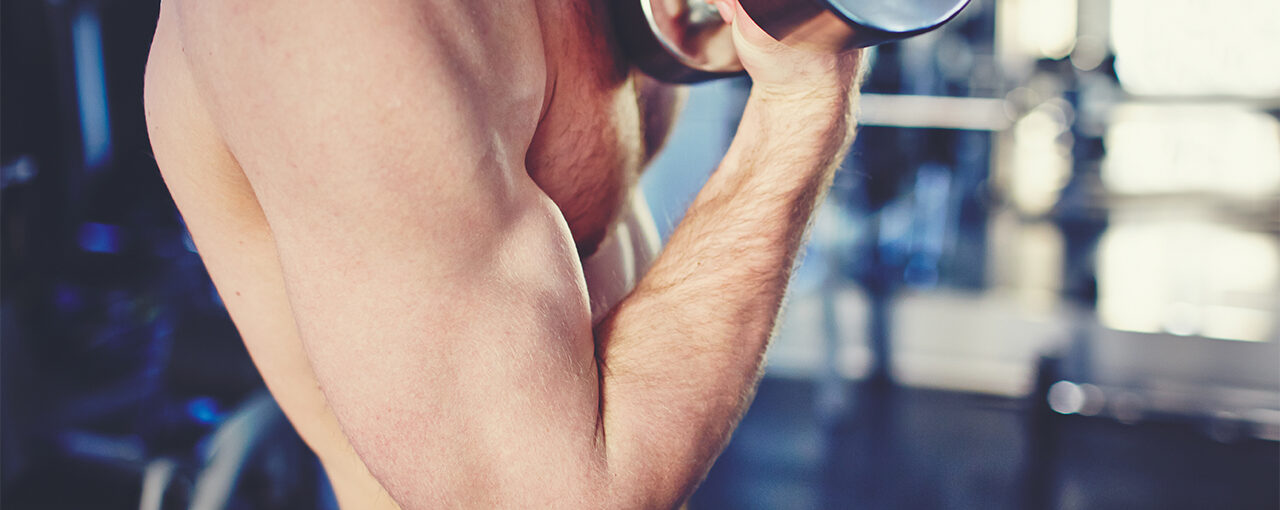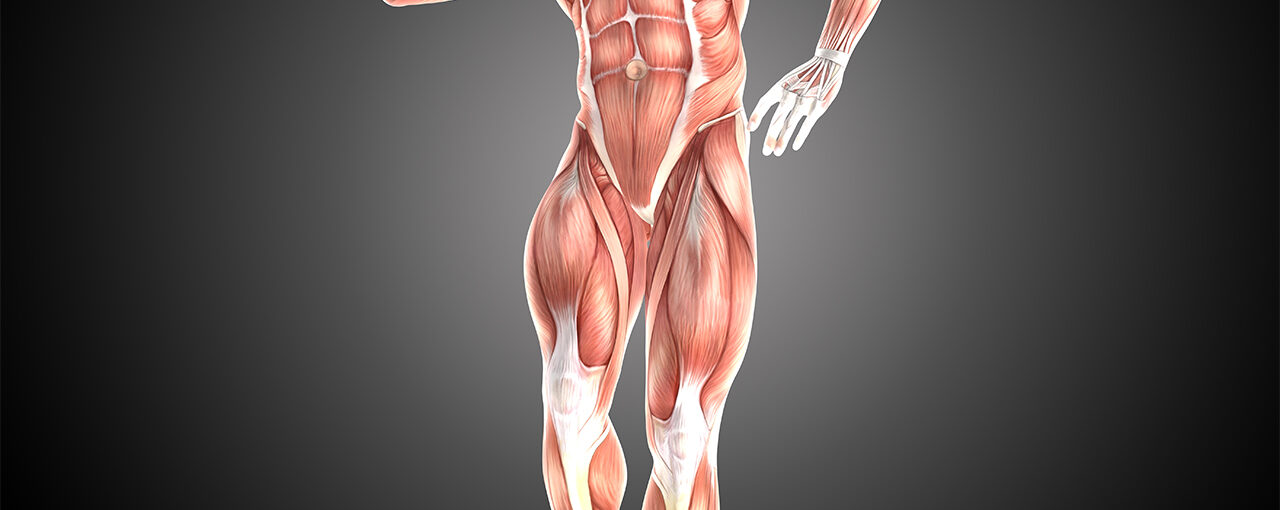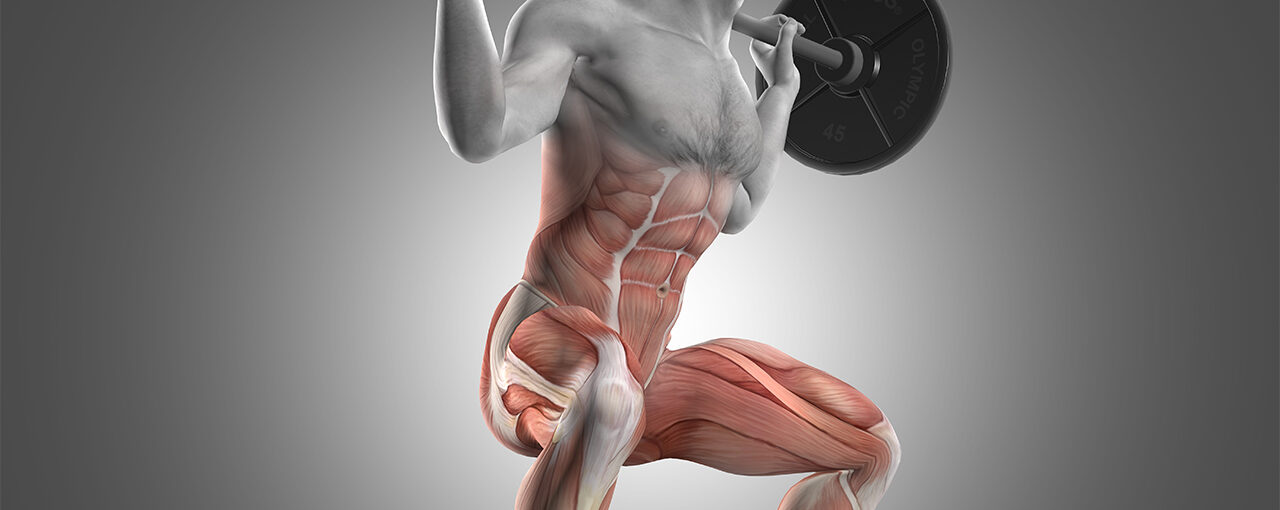In the next couple of articles, we’re going to cover some of the training principles and methods, used by advanced athletes, that either compete, or just try to take their already established, solid base of muscle to the next level. Priority principle Usually, when you start talking about working out with someone, who has years…
Category: The Science


Cardio for Beginners
Take the first step of increasing your cardio endurance and stamina, by understanding the key benefits of aerobical training. Learn how to structure your cardio workouts.


Full Range of Motion
Full Range of Motion (ROM) The only beginners’ method for completing the workload and ideas, implied in the principles we talked about above, is the full range of motion. This way of training, where the tension extends along the full range of motion of the exercise and tenses all the sectors of the worked muscle,…


Stalling on Progress, De-adaptation
De-Adaptation Before analyzing the basic principle called de-adaptation, we have to clear out the term ‘Adaptation’ It can be defined as – A process, in which the organism gets used to the irritants from the inner and outer environment. In sports, we observe two types of adaptation: Positive adaptation Negative adaptation When beginners start to …


Muscle Isolation
This is a basic principle, that revolutionized the bodybuilding training methods. Muscles can work as synergists, antagonists, stabilizers or separately. During the basic (compound exercises) the muscle groups work together, without being able to differentiate the participation of the separate synergists. Something more to it, during the progressively increasing fatigue the individual unconsciously transfers the…


How Many Repetitions Should You Do In a Set?
Systemizing the number of sets and reps in each exercise. Getting down to the most optimal number of sets for one exercise is a problem for most trainees. The modern training methods point the number of sets per exercise towards 3-4 sets. If we do a single set in an exercise, that would be more …


Progressive Overload
Now let’s talk about the first, founding principle of productive workouts. We have learned how the hypertrophy mechanisms work, so now we will move on to learning the basic principles we can use, when applying the workload of our workouts. There’s one condition to successfully building a good, balanced physique, mainly- getting stronger. If we …


Types of Muscle Growth
Types of muscle hypertrophy We differentiate two types of muscle hypertrophy Myofibril hypertrophy Sarcoplasmic hypertrophy Myofibril hypertrophy This type of hypertrophy is referred to as the growth in size of the muscle fibers, also known as myofibrils. It is accompanied mostly by the increase in the strength capabilities of the individual, due to the fact…


How Does the Muscle Grow?
How and why does the body build muscle mass and what is the science behind it? The process of increase in the size of our muscle fibers is called “hypertrophy”. We are going to dig down deep into


Training Parameters
The repeated maximum is an individually defined workload, that can be lifted for a given number of reps until failure.
For example, if you can complete 10 reps until failure with 70 KG on the bench


